Cubism is a Western art movement consisting of many artists who had a profound impact on modern art. Cubist artwork features a fragmented composition representing the subject from all angles through overlapping geometric planes. Cubist artists reimagined conventional representation by rejecting the traditions of perspective, modeling, and foreshortening favored during the Renaissance. The result of this method was a layered, geometric composition that represented the subject from all angles simultaneously and with overlapping picture planes.
Cubism originated in France and was active between 1907 and 1914. Cubism consisted of two major phases: Analytic Cubism and Synthetic Cubism. Analytic Cubism is the first major phase of Cubism that occurred between 1907 and 1912. Synthetic Cubism is the later phase of Cubism between 1912 and 1914.
Initially, the Cubism art movement was not divided into Analytical Cubism and Synthetic Cubism. Only later would art historians, inspired by the writings of Cubist artists, label the initial phase of Cubism as Analytical Cubism and the latter as Synthetic Cubism.
1. Pablo Picasso
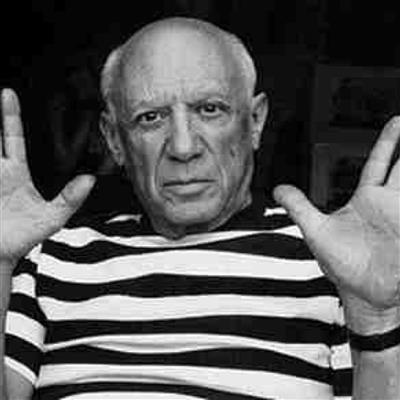
Pablo Picasso was a Spanish artist born in Málaga, Spain in 1881 and died in 1973 in Mougins, France.
Picasso studied art under his father, Spanish artist José Ruiz y Blasco, and at Real Academia de Bellas Artes de San Fernando in Spain. Picasso created artwork in many mediums, including painting, sculpture, printmaking, and collage.
Picasso was one of the pioneers of Cubism and worked in the Cubist style throughout the movement’s two major phases: Analytic Cubism and Synthetic Cubism. Picasso’s influences include African art, Neoclassicism, Symbolism, and Surrealism. The influence of Picasso’s art reaches almost every aspect of Western social culture, including subsequent art movements, theater pieces, and even Hollywood movies.
Picasso’s artwork is housed internationally, in the permanent collections of many museums such as the Museum of Modern Art in New York, the Art Institute of Chicago in Chicago, and Museu Nacional de Belas Artes in Rio de Janeiro, Brazil.
Interesting Facts About Pablo Picasso
- Picasso has had more works of art stolen than any other artist.
- Picasso produced over 150,000 artworks in his lifetime.
- Picasso’s last words, “Drink to me, drink to my health, you know I can’t drink anymore,” inspired a Paul McCartney song.
2. Georges Braque
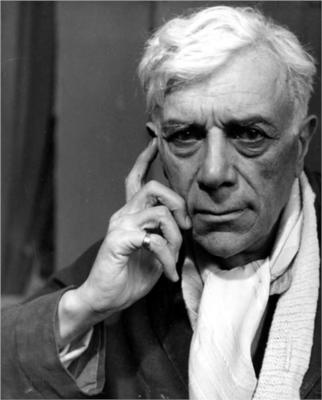
Georges Braque was a French artist born in Argenteuil, France on May 13, 1882 and died on August 31, 1963 in Paris, France.
In 1903, Braque studied painting at Académie Humbert in Paris. Braque created artwork in many mediums, including painting, sculpture, and printmaking. Braque worked in the style of Fauvism before aligning with Cubism.
Braque was first influenced by Impressionism but later adopted the style of Fauvism alongside Henri Matisse and André Derain. Then, the influence of Paul Cézanne led Braque to work with Pablo Picasso to develop Cubism.
Braque’s artwork can be found in collections all over the world, such as the National Gallery of Modern and Contemporary Art Rome, Musée National Picasso Paris, Tel Aviv Museum of Art Israel, and the Museum of Modern Art New York.
Interesting Facts About Georges Braque
- Originally, Braque trained to be a house painter and decorator with his father and grandfather.
- Braque was the first living artist to have a solo exhibition at the Louvre in Paris.
- Braque would leave a painting unfinished for many years, returning throughout, which explains the intermingling of early and late Cubist style in many of his works.
3. Juan Gris
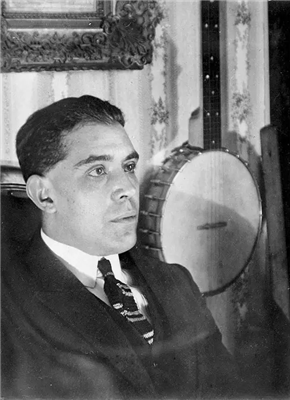
Juan Gris was a Spanish artist born in Madrid, Spain on March 23, 1887 and died on May 11, 1927 in Boulogne-Billancourt, France.
Gris studied with Spanish artist José Moreno Carbonero, a prominent member of the Málaga School of Painting. Gris was a painter and illustrator who worked almost exclusively in the Cubist style, inspired by his fellow Cubists who he met when he moved to Paris in 1906. Gris’ work influenced the Purist style of Amédée Ozenfant and Le Corbusier. In 1924, he designed ballet sets and costumes for the famous Ballets Russes.
Juan Gris’ work is on view at The Metropolitan Museum of Art New York and Tate Modern London.
Interesting Facts About Juan Gris
- Juan Gris’ real name is José Victoriano González-Pérez.
- Gris worked as a satirical cartoonist until 1911.
- Gris coined the term Analytical Cubism to describe the first major phase of Cubism.
4. Albert Gleizes
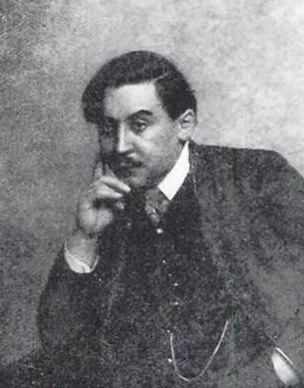
Albert Gleizes was a French painter, writer, and philosopher born in Paris, France on December 8, 1881 and died on June 23, 1953 in Saint-Rémy-de-Provence, France.
Gleizes was a self-taught painter and worked in the style of Cubism throughout the movement. Gleizes was influenced by Impressionist tradition and Fauvism’s bold colors, which led him to work in Abstract Art later in his career. Like many other Cubists, Gleizes influenced many other artists and art movements, including Abstract artists and Surrealist art.
Albert Gleizes’ artwork is on display at the Guggenheim Museums, National Museum of Western Art Tokyo, Tate Modern London, and Museo Thyssen-Bornemisza Spain.
Interesting Facts About Albert Gleizes
- Albert Gleizes and Jean Metzinger wrote the first treatise on Cubism in 1912, Du Cubisme.
- Gleizes used burlap in many of his paintings because he liked its texture.
- His painting Harvest Threshing (1912) is the largest Cubist painting, measuring a monumental 106 in x 139 in (8.83 ft x 11.58 ft).
5. Jean Metzinger
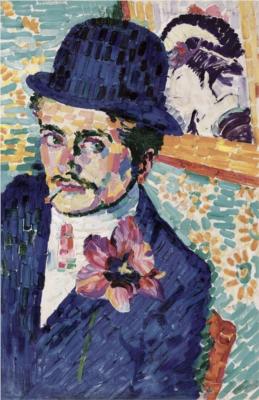
Jean Metzinger was a French painter, illustrator, writer, and poet born in Nantes, France on June 24, 1883 and died on November 3, 1956 in Paris, France.
Metzinger studied art at École des Beaux-Arts in Nantes, France. His earliest works were influenced by the neo-Impressionism of Georges Seurat and Henri-Edmond Cross. Between 1904 and 1907 Metzinger worked in the Divisionist and Fauvist styles with a strong Cézannian component, leading to some of the first proto-Cubist works.
Metzinger’s artwork is housed in over 20 museums worldwide including Tate Gallery London, National Galleries Scotland, Museum of Fine Arts Boston, The Metropolitan Museum of Art, and National Gallery of Victoria, Australia.
Interesting Facts About Jean Metzinger
- Jean Metzinger and Albert Gleizes’ Du Cubisme influenced Niels Bohr’s discovery of the principle of complementarity in quantum theory.
- Metzinger’s great-grandfather, Nicolas Metzinger, served in the French military under Napoleon Bonaparte.
- Metzinger was able to fully support himself through painting by age 20.
6. André Lhote
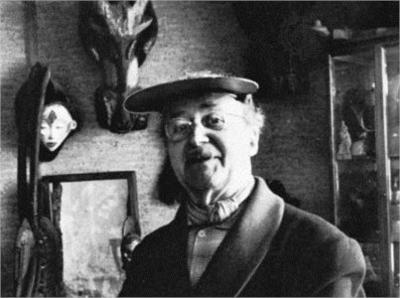
André Lhote was a French painter, sculptor, writer, and art teacher born on July 5, 1885 in Bordeaux, France and died on January 24, 1962 in Paris, France.
Lhote studied decorative sculpture at École des Beaux-Arts in Bordeaux, France. Lhote worked in the styles of Fauvism and Cubism, influenced by Paul Gauguin and Paul Cézanne. Lhote was part of the Section d’Or group, a collective of artists associated with Orphism and Cubism.
Lhote’s artwork is part of the collection at San Francisco Museum of Modern Art.
Interesting Facts About André Lhote
- André Lhote co-founded the art journal Nouvelle Revue Française and contributed art theory articles until 1912.
- In 1955, Lhote was awarded the Grand Prix National de Peinture.
- The same year, UNESCO appointed Lhote president of the International Association of Painters, Engravers, and Sculptors.
7. Henri Le Fauconnier
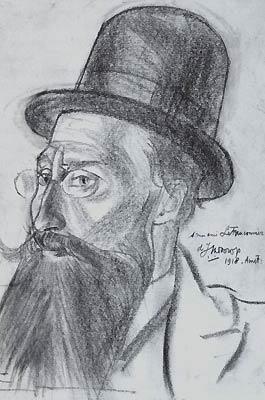
Henri Le Fauconnier was a French painter born on July 5, 1881 in Hesdin, France and died on December 25, 1946 in Paris, France.
He studied painting under Jean-Paul Laurens and at Academie Julian. Le Fauconnier was a leading figure of the Montparnasse Cubists. He was also influenced by Paul Cézanne’s Post-Impressionist style. Le Fauconnier spent many years working in the Netherlands and his influence on generations of artists was profound. He also influenced fellow Cubist, Albert Gleizes.
Le Fauconnier’s work is on display at Museum of Modern Art New York and Rhode Island School of Design Museum, among others.
Interesting Facts About Henri Le Fauconnier
- In 1910, Henri Le Fauconnier studied law in Paris.
- In 1912, Le Fauconnier participated in the first exhibition of Cubism in Spain, at Galeries Dalmau, Barcelona, with Jean Metzinger, Albert Gleizes, Marcel Duchamp, Juan Gris, Marie Laurencin, and August Agero.
- Le Fauconnier published a theoretical text in the catalog of the Neue Künstlervereinigung at the invitation of Wassily Kandinsky in 1910.
8. Vicente Manansala
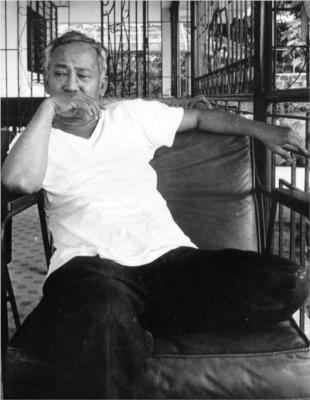
Vicente Manansala was a Filipino artist born in Macabebe, Philippines on January 22, 1910 and died in Manila, Philippines on August 22, 1981.
Manansala studied at the University of the Philippines School of Fine Art and École des Beaux-Arts in Paris. Manansala was a painter and illustrator who worked in the Cubist style. Manansala is credited with being one of the first Abstractionists in the Philippine art world and developed the technique of Transparent Cubism. Manansala’s art bridged the gap between city and rural life, which influenced many Filipino artists to follow, including the Filipino Neo-Realists Norma Belleza, Malang, Angelito Antonio, and Manuel Baldemor.
His works are in the collections of the National Museum of Philippines, Honolulu Museum of Art, the Philippine Center in New York, Singapore Art Museum, and the Lopez Memorial Museum in Manila.
Interesting Facts About Vicente Manansala
- In 1950, Manansala received a six-month grant from UNESCO to study at the École des Beaux-Arts in Banff, Alberta and Montréal, Québec, Canada.
- Manansala developed Transparent Cubism, which uses layers of transparent paint.
- In 2010, Manansala’s artwork was featured on a national stamp sheet in the Philippines to commemorate his birth centenary.
9. Paul Klee
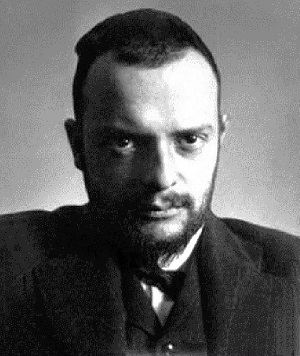
Paul Klee was a Swiss-German artist born in Münchenbuchsee, Switzerland on December 18, 1879 and died on June 29, 1940 in Muralto, Switzerland.
Paul Klee studied at the Academy of Fine Arts Munich and created artwork in many mediums, including painting, drawing, watercolor, and printmaking. Klee worked in the styles of Cubism, Expressionism, Bauhaus, and Surrealism. Klee was influenced by the use of bold color by Cubists Robert Delaunay and Maurice de Vlaminck. Klee’s artwork also influenced numerous musical composers and American artists such as Jackson Pollock and Robert Motherwell.
Klee’s artwork is displayed in the collections of many museums such as the Metropolitan Museum of Art New York, the Guggenheim Museums, the National Gallery of Canada in Ottawa, the Museum of Modern art New York, and the University of Jena, in Germany.
Interesting Facts About Paul Klee
- Paul Klee was raised by a family of Musicians.
- In 2018, a Google Doodle was created to celebrate Klee’s 139th birthday.
- During World War II, much of Paul Klee’s art was seized from museums and Jewish collectors by Nazis.
See full Paul Klee Artist Profile.
10. Paul Cézanne
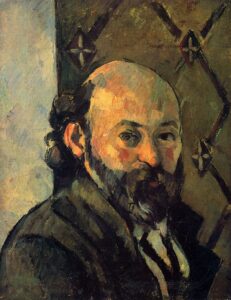
Paul Cézanne was a French artist born in Aix-en-Provence, France on January 19, 1839 and died on October 22, 1906 in Aix-en-Provence, France.
Cézanne studied art at the Académie Suisse in Paris. Cézanne was initially an Impressionist and Post-Impressionist painter and is credited with having the most significant influence on the birth of Cubism. Cézanne was influenced by Realist painter Gustave Courbet and Romanticist painter Eugène Delacroix. Cézanne’s greatest influence was on Pablo Picasso and Georges Braque and their experiments in Cubism. Dadaist artist Marcel Duchamp, Fauvist painter Henri Matisse, and Expressionist artist Piet Mondrian were also deeply influenced by Cézanne.
Cézanne’s artwork is housed internationally, in the permanent collections of many museums such as the National Gallery of Art in Washington, D.C., The Metropolitan Museum of Art and Museum of Modern Art New York, The Art Institute of Chicago, and Musée d’Orsay Paris.
Interesting Facts About Paul Cézanne
- Paul Cézanne and novelist Émile Zola were childhood friends.
- In 1859, Cézanne studied law at the University of Aix-en-Provence.
- Around 1861, Cézanne’s father, a wealthy banker, gave Cézanne 400,000 francs (about $413,000 USD) to pursue his career in painting.
